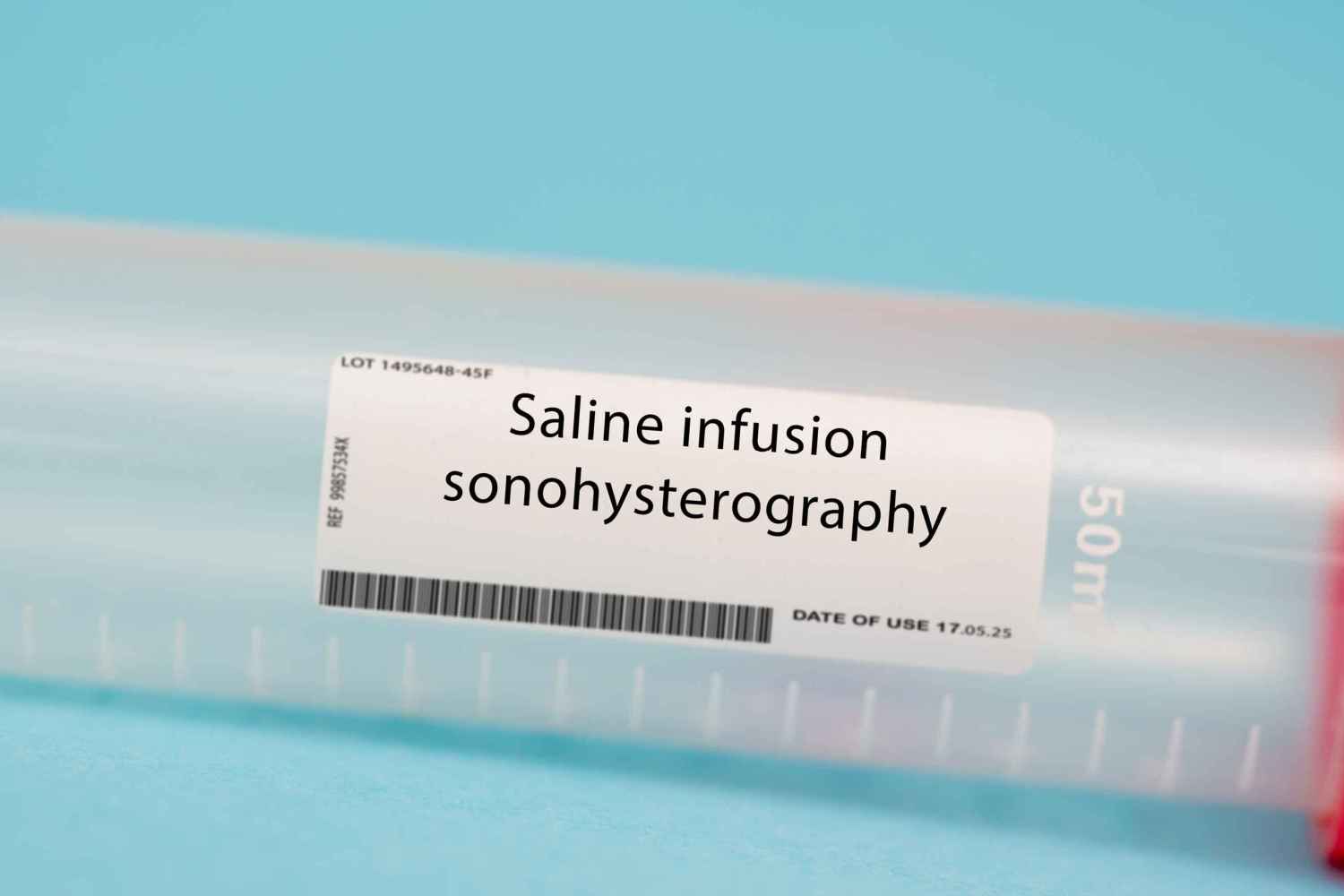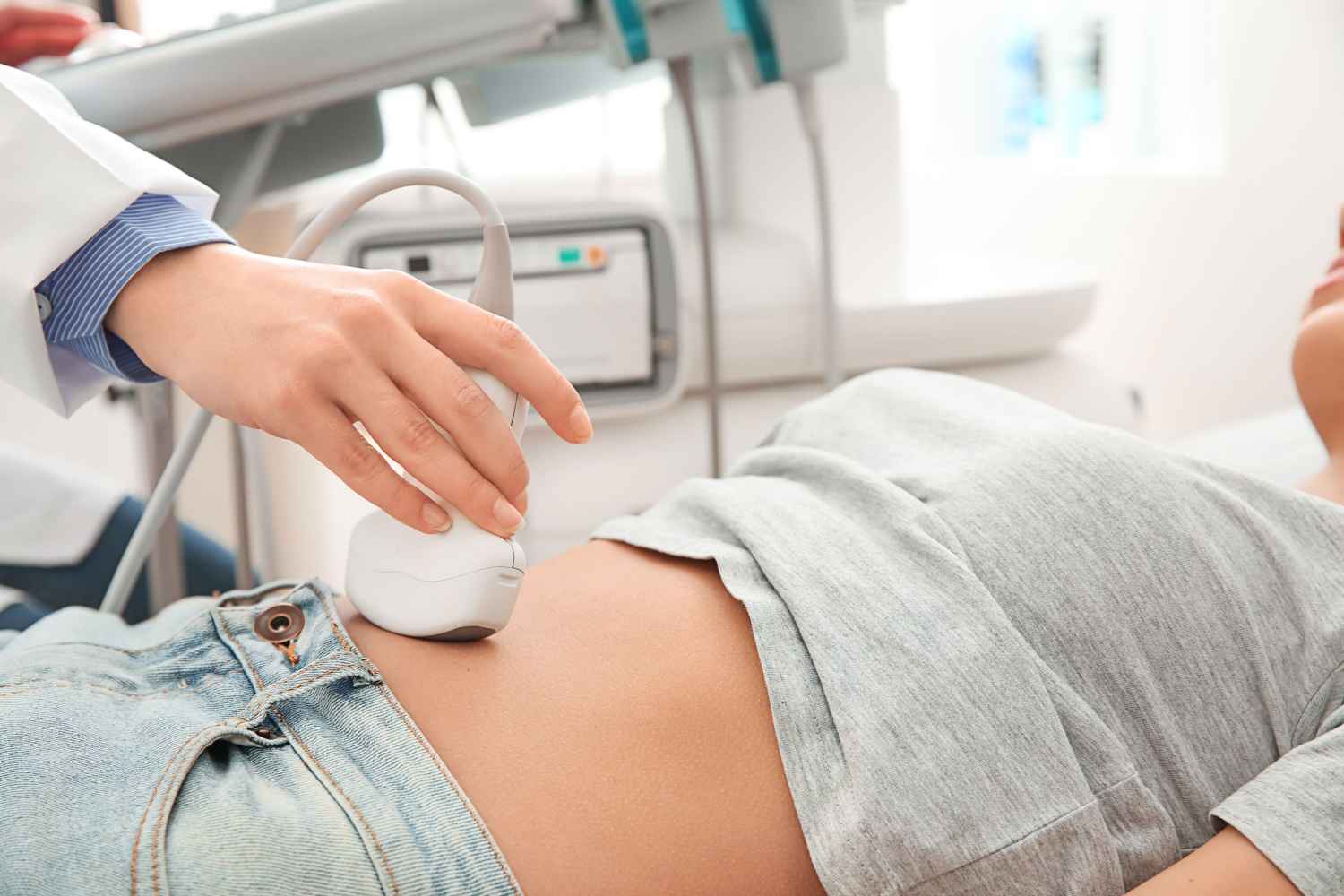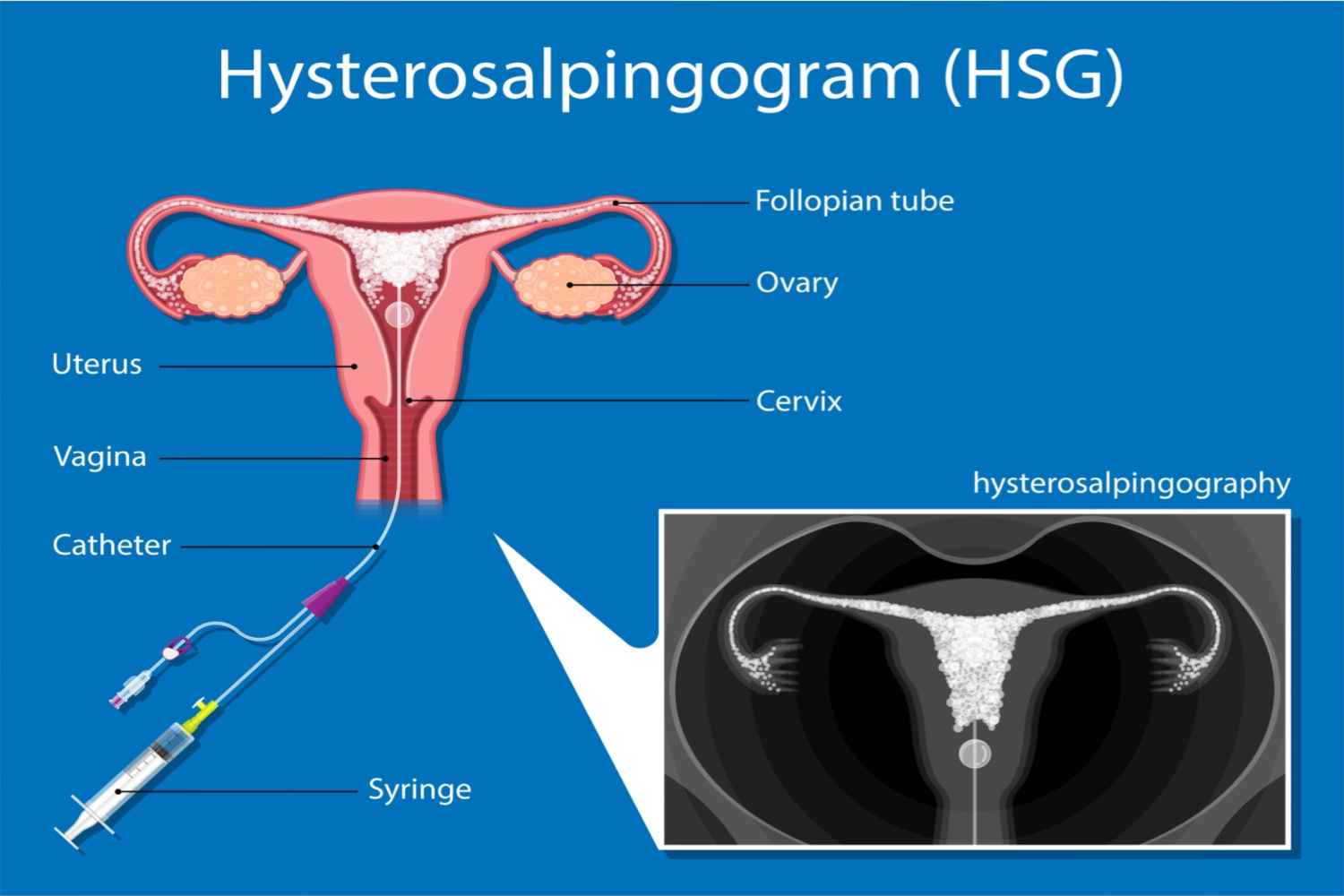
Have you been trying to conceive for longer but have been unable to get pregnant? Women may experience infertility issues due to abnormalities in the uterus and fallopian tubes. A sonohysterogram for fertility is an ideal ultrasound to determine intrauterine abnormalities. The procedure is also known as hysterosonography, in which a saline-infused solution, transvaginal sonography with fluid contract augmentation, is used.
A sonohysterogram is also helpful in detecting fallopian tube conditions and abnormal menstrual bleeding. So, if you are experiencing pelvic pain, infertility problems, cramping, and other issues that lead to fertility issues, doctors may ask you to go for a sonohysterogram. Here’s everything you need to know about the test.
In This Article
- What is a Sonohysterogram?
- How Does Sonohysterography Procedure Work?
- What Are The Reasons to Perform Sonohysterogram?
- How to Prepare For Sonohysterogram Test?
- What Are the Risks of the Sonohysterogram Test?
- When to Consult With a Doctor?
- Alternative Fertility Tests to Sonohysterogram
- FAQ’s
What is a Sonohysterogram?
Sonohysterogram is a saline infusion non-invasive transvaginal ultrasound that involves the introduction of saline water inside the uterine cavity (1). It does not cause any pain and uses sound waves to provide real-time images of the uterus on a computer.
During the procedure, a very thin catheter is inserted inside the cervical opening. Once the catheter enters the uterus, a saline solution passes through the catheter inside the uterus. The solution helps to stretch the uterus wall and keep them separate for examination. The stretching enables a transvaginal ultrasound wand to evaluate the uterus’s condition accurately (2).
Sonohysterogram fluid pathway passing through fallopian tubes provides a detailed analysis of defects on ultrasound. A long and slender transducer is then inserted into the vagina. This wand emits sound waves that send echoes that will be diverted to the computer screen to create a real image of the uterus.
How Does Sonohysterography Procedure Work?

An initial transvaginal ultrasound is performed as part of a sonohysterography technique to obtain a baseline image of the uterus and ovaries prior to administering any saline. Then, exactly like with a Pap smear exam, the vaginal ultrasound probe is taken out, and a sterile speculum is placed inside the vagina.
After using a cleaning solution to clean the outside of the cervix, a short, flexible tube called a catheter is inserted into the uterus through the cervix. Since every woman’s cervix is unique, this might occasionally be the most difficult step in the process (2). It may require some maneuvering to get the catheter past the cervix, depending on how thin or curved it is. The majority of patients go through this part of the process with little discomfort and no problems.
After inserting the catheter into the uterus, a transvaginal ultrasound is conducted, and a gradual injection of saline solution is administered. This produces an image of the uterus in real-time display, which enables the physician to assess the uterine cavity’s contours and form and spot any anomalies or disorders that can impact fertility or result in other health issues (1A).
What Are The Reasons to Perform Sonohysterogram?

Some of the potential reasons to perform a sonohysterogram (3)are listed below.
- Extremely heavy menstrual flow or unusual light period.
- Unusual menstrual cramps
- Detecting infertility.
- Pelvic pain or pressure
- Post-menopausal bleeding
- Recurrent pregnancy loss
- Mid-cycle spotting.
In addition, a sonohysterogram can be performed before in-vitro fertilization treatment to confirm that the uterus is healthy for embryo implantation.
A sonohysterogram examines for and can identify fibroids (particularly if they are projecting into the intrauterine cavity), congenital uterine anomalies (such as the uterine septum, which is where tissue splits the uterus), and polyps (non-cancerous growths) on the uterine lining.
The test may also assess aberrant growths of endometrial tissue (which may or may not be malignant), uterine adhesions (scar tissue), and the general thicknesses or thinness of the endometrial and uterus walls.
How to Prepare For Sonohysterogram Test?
Doctors do not perform sonohysterogram tests during menstrual period. They may suggest this test either between the 6-10 days of the menstruation cycle or after the menstruation.The 6-10 days of the menstrual cycle is best for visualizing the condition of the uterus and thin endometrium with maximum clarity.
A woman does not require any special preparation for the test. However, there are some suggestions that doctors may make before the procedure.
- The doctor may advise you to have an over-the-counter painkiller such as ibuprofen (30-60 minutes) before the test to alleviate the discomfort in a woman.
- Wear a comfortable outfit that is easy to remove and wear. Alternatively, a health adviser may provide you with a surgical gown.
- The doctor may also ask to have oral antibiotics to reduce the risk of infection during the sonohysterogram (3A).
- Your doctor may also ask you to get a pregnancy test to know the infection and pregnancy because this procedure is not ideal for pregnant women (3B).
What Are the Risks of Sonohysterogram Test?
A sonohysterogram is a safe procedure to determine the uterus’s health and detect complications in pregnancy. It is generally considered to be a safe procedure (4).
However, some women may experience certain complications or side effects (4A) during this process.
- Some women may feel mild discomfort during the ultrasound.
- Some women may experience light spotting, cramps, and leakage.
- Women also may experience nausea and vomiting and mild fever.
- The test is not done if a woman is experiencing vaginal infection and suffering from pain.
- Doctors do not perform the procedure if a woman is on her menstrual cycle.
When to Consult With a Doctor?
If you are experiencing any discomfort, such as cramps, light bleeding, or leakage of fluid, you may consult with the doctor. These might be signs of an uncommon pelvic infection linked to sonohysterography. Your symptoms are concerning, and you should consult a physician. After seeing you, your doctor can recommend medicine or more diagnostic procedures.
Alternative Fertility Tests to Sonohysterogram

In addition to sonohysterogram, several tests are performed to detect abnormalities in the uterus cavity, fallopian tubes, and endometrium.
Some other tests recommended by the doctors to check abnormalities include
1. Hysterosalpingography
Hysterosalpingography (5) is one of the old techniques that use X-rays for the evaluation of fallopian tube health. During this procedure, an iodinated contrast through the cervix to take the X-rays. It helps to access the shape of the fallopian tubes and the uterus.
2. Transvaginal Ultrasonography
This procedure is usually done without using a saline solution to evaluate the condition of the uterus and ovaries (6). However, the test doesn’t check the condition of fallopian tubes because they lack contrast fluid.
3. Laparoscopy
Laparoscopy is done under anaesthesia. The physician creates one, two, or three small incisions in the abdomen to introduce a laparoscope and other specialized surgical tools. For this test, it would be ideal to spend a day in the hospital and recover at home for at least fifteen days.
Depending on the circumstances, your doctor might request a SHG test, any of the aforementioned tests, or even a combination of a SHG and an HSG. Usually, a battery of tests is run to identify some intricate issues related to uterine fertility.
In a nutshell, a sonohysterogram is useful to check the fallopian tube and uterus health for pregnancy. The test is cost-effective and safe to perform. This procedure offers a simultaneous view of the endometrium, uterine cavity, and fallopian tubes. The first-line diagnostic procedure helps to find the root cause of infertility, and based on the diagnosing report, doctors may recommend the appropriate treatment to achieve a successful pregnancy. Before proceeding with the sonohysterogram for fertility, ensure to choose only a certified radiologist recommended by your gynecologist.
FAQ’s
1. How Much Time Does it Take to Perform Sonohysterogram?
The sonohysterogram is a simple test, and it may take around 45 minutes to perform this test. However, the preliminary pelvic scan may only take around 20 minutes. On the other hand, a saline sonohysterography test will be done in 15 minutes. The total time is around 45 minutes to complete the sonohysterogram test.
2. How do Doctors Interpret The Results, And How do They Evaluate Them?
This radiology exam is usually interpreted by trained doctors or radiologists. They will analyze the images generated through a sonohysterography test. Based on the diagnosis report, the radiologist will create the documentary report and send it to the doctor for further examination. The certified doctors will go through these reports and share the results. After evaluating the report, doctors may advise you to go through follow-up exams and provide a detailed reason for abnormalities.
References
- Role of Saline Infusion Sonohysterography in Infertility Evaluation – PMC – [https://www.radiologyinfo.org/en/info/hysterosono]
- Sonohysterography – Ultrasound of the Uterus (Saline Infusion Sonography) – [Sonohysterography – Ultrasound of the Uterus (Saline Infusion Sonography)]
- Sonohysterography | ACOG – [https://www.acog.org/clinical/clinical-guidance/technology-assessment/articles/2016/08/sonohysterography]
- Side effects and complications of sonohysterosalpingography – ScienceDirect – [https://www.sciencedirect.com/science/article/pii/S001502820300791X]
- Hysterosalpingogram – StatPearls – NCBI Bookshelf – [https://www.ncbi.nlm.nih.gov/books/NBK572146/]
- Sonography Transvaginal Assessment, Protocols, and Interpretation – StatPearls – NCBI Bookshelf – [https://www.ncbi.nlm.nih.gov/books/NBK572084/]
